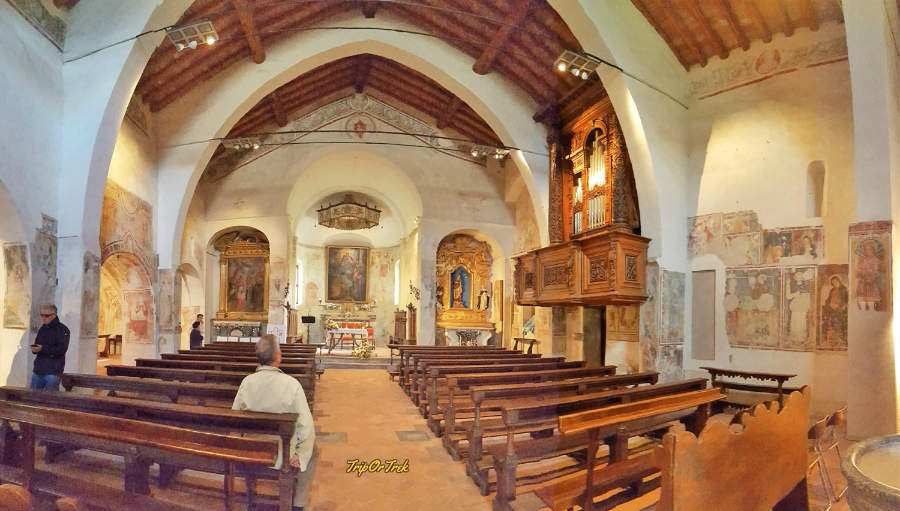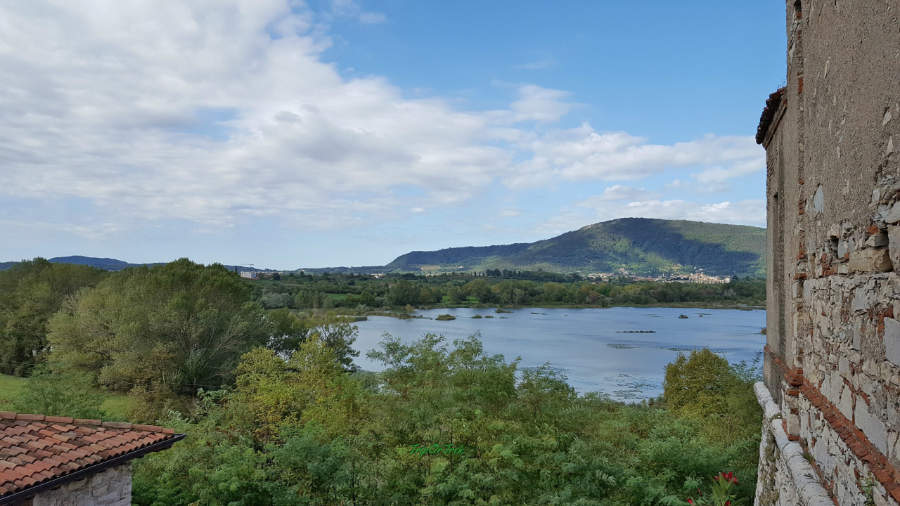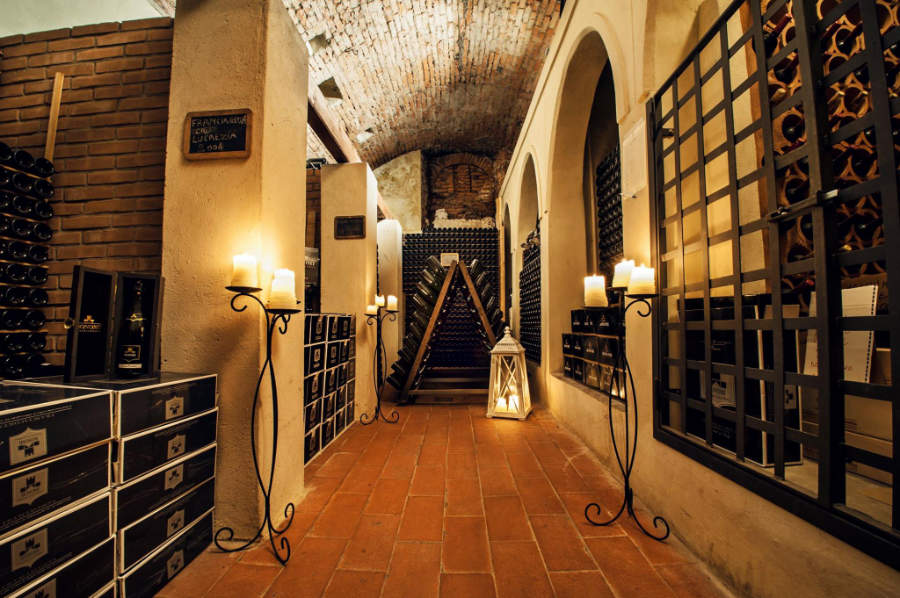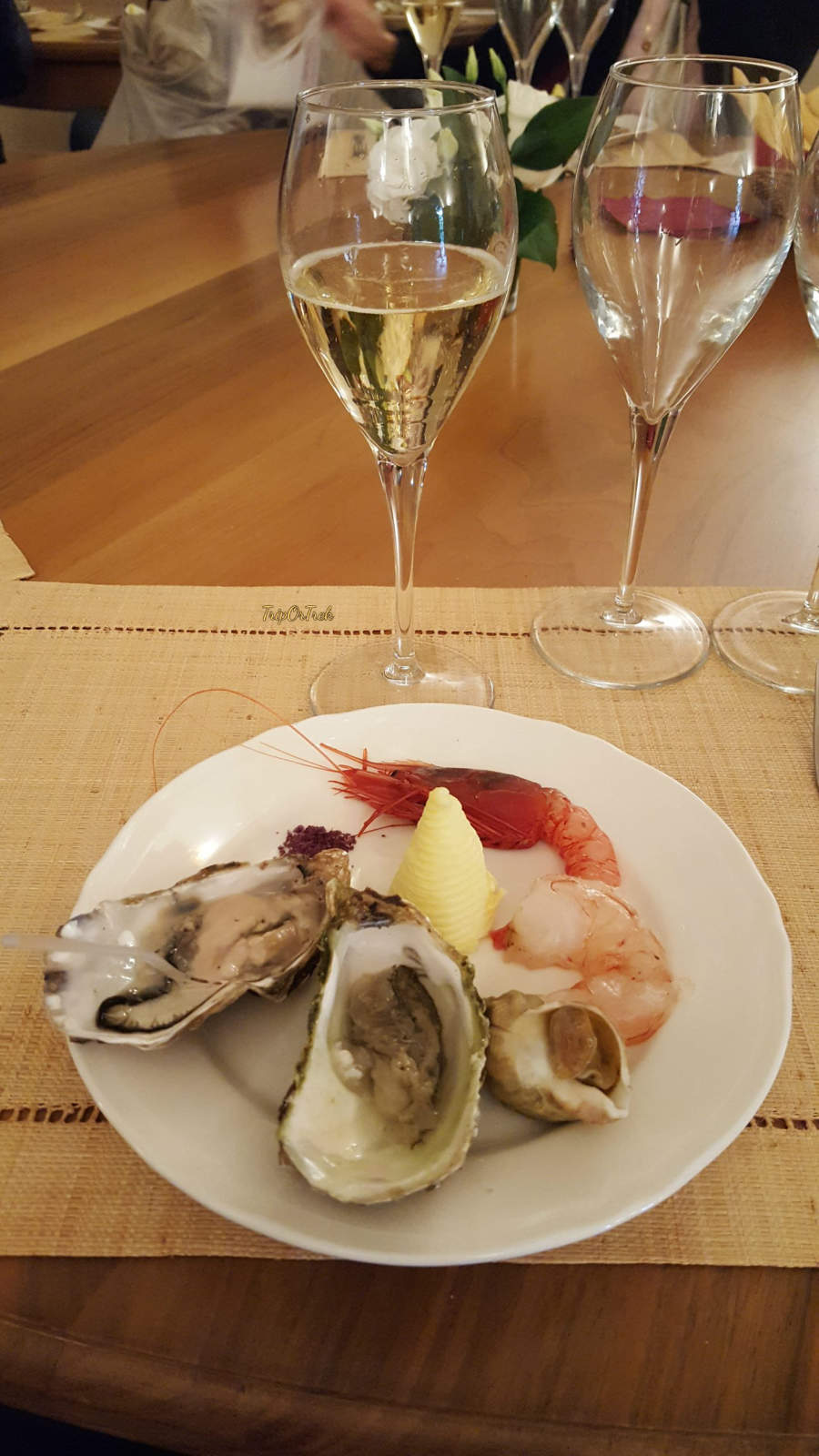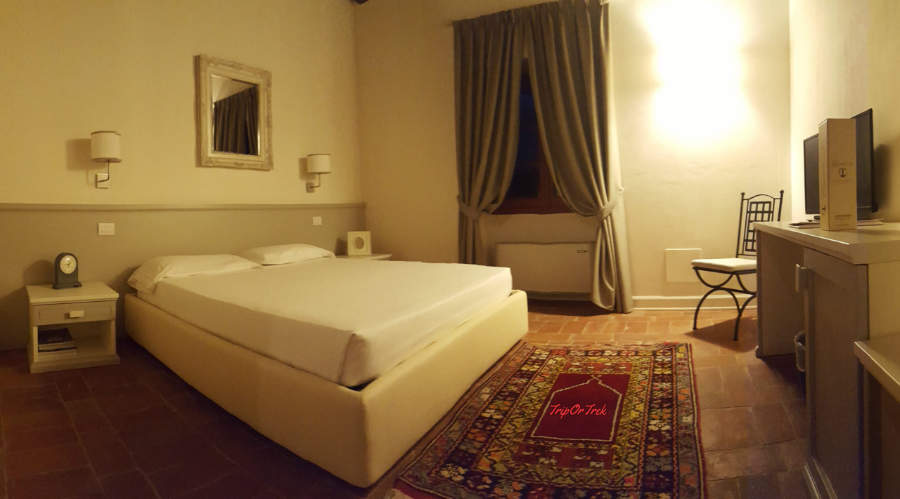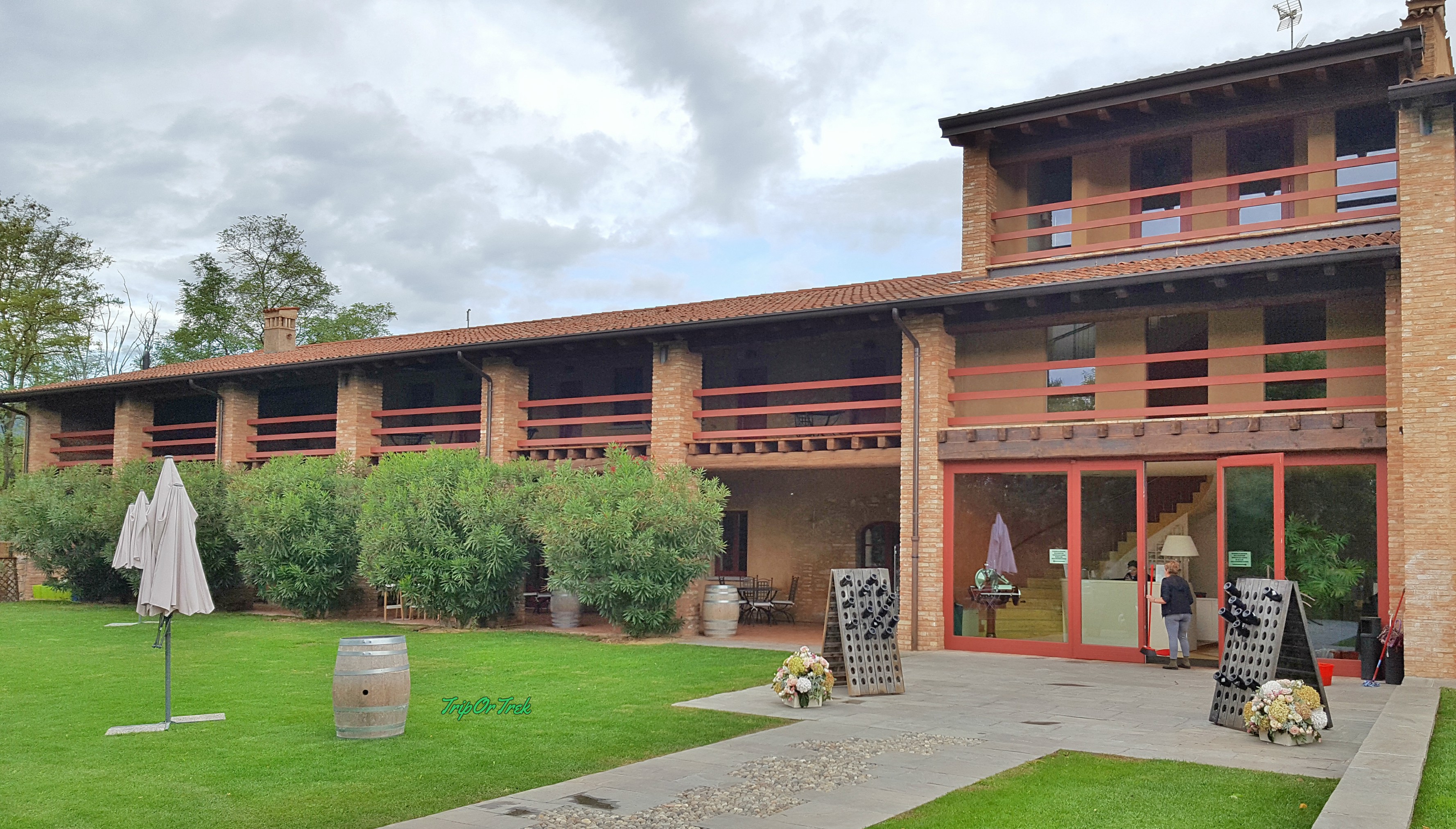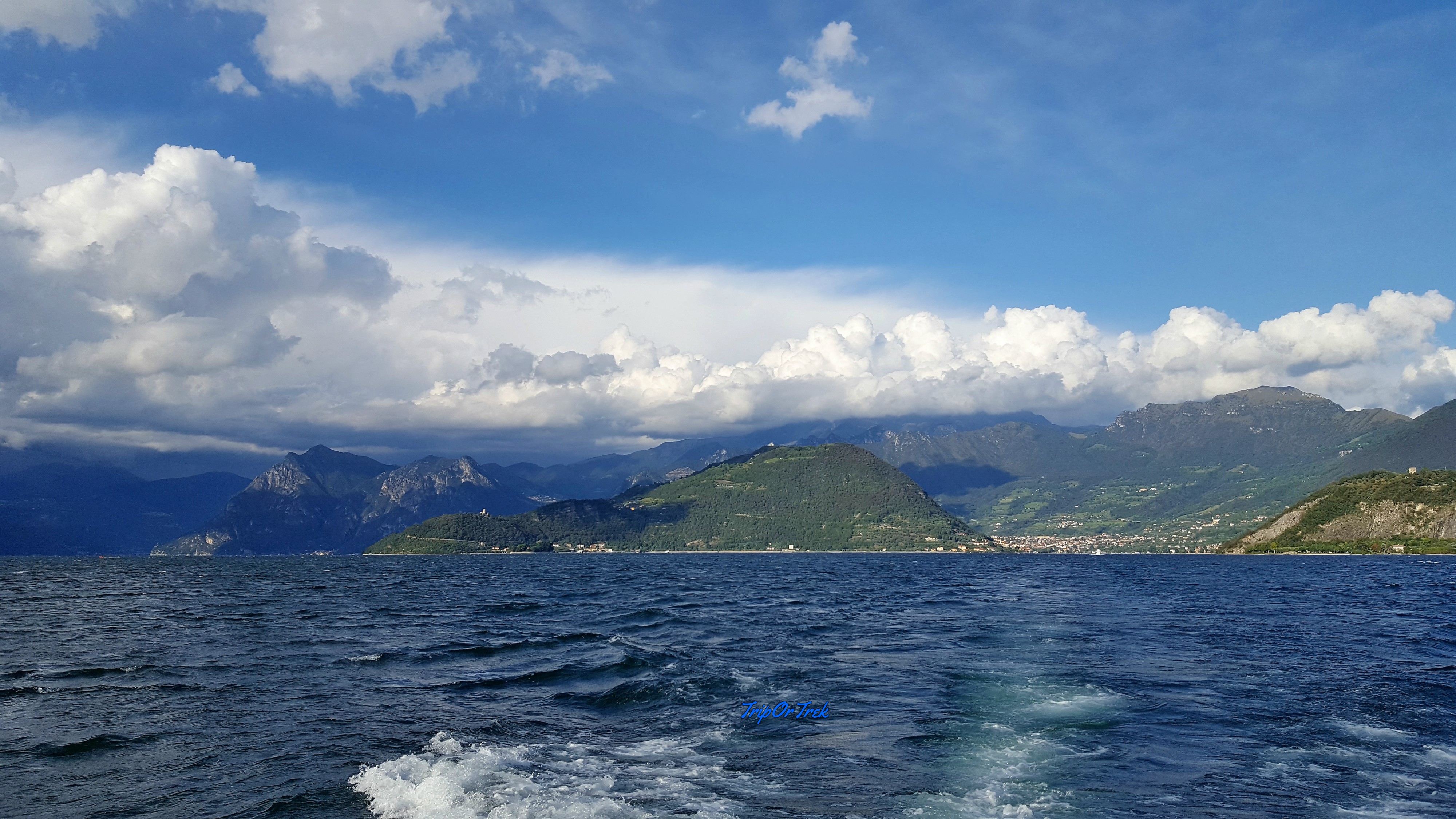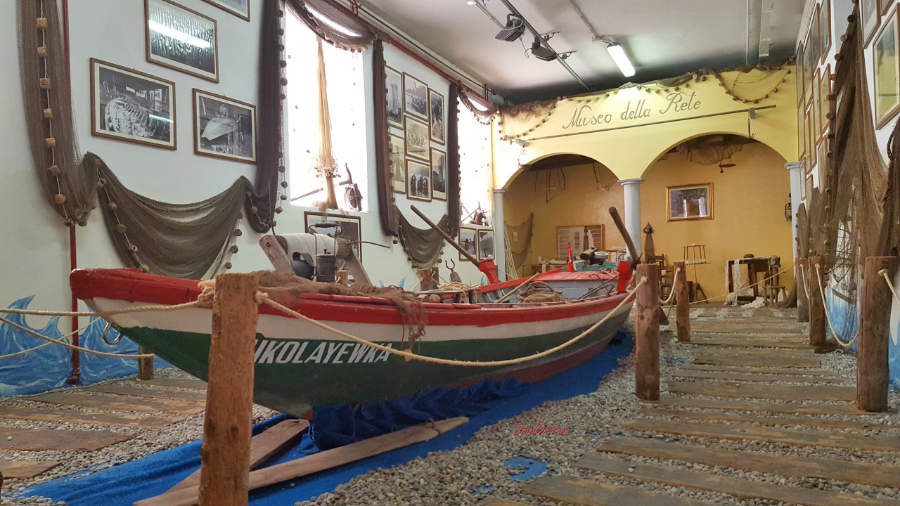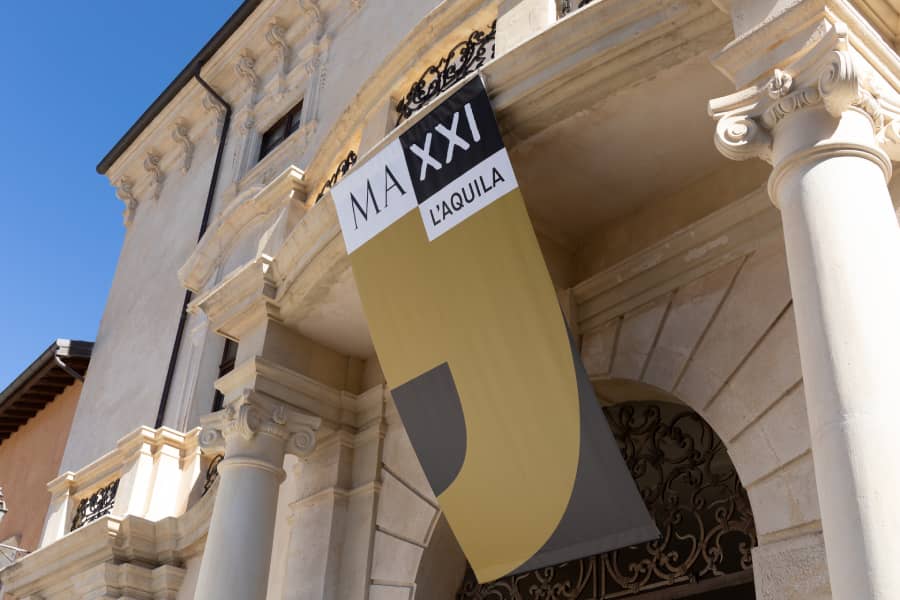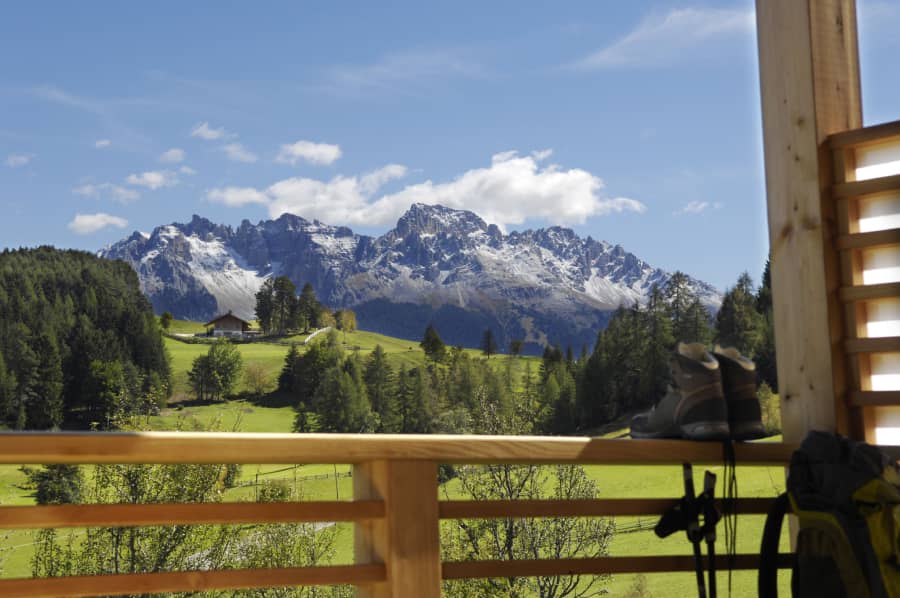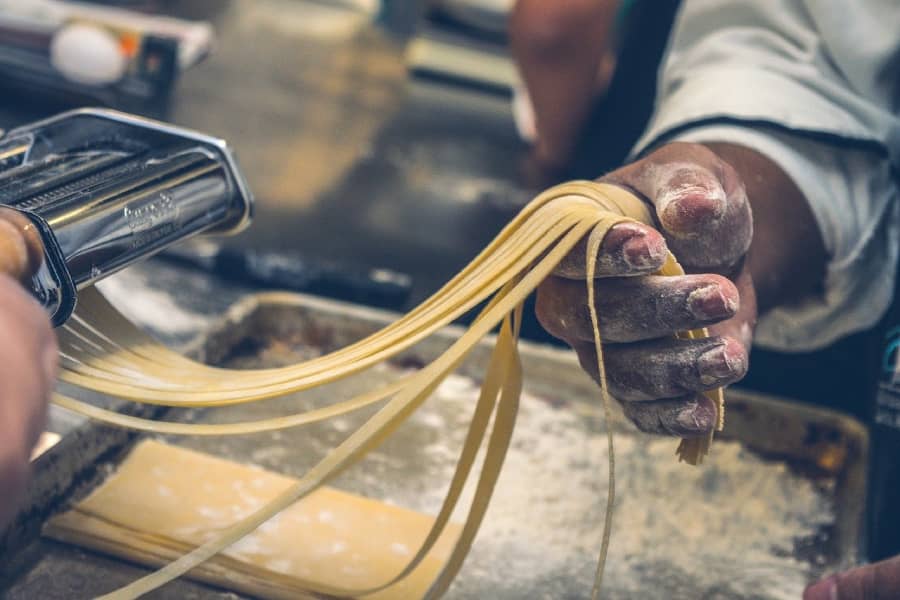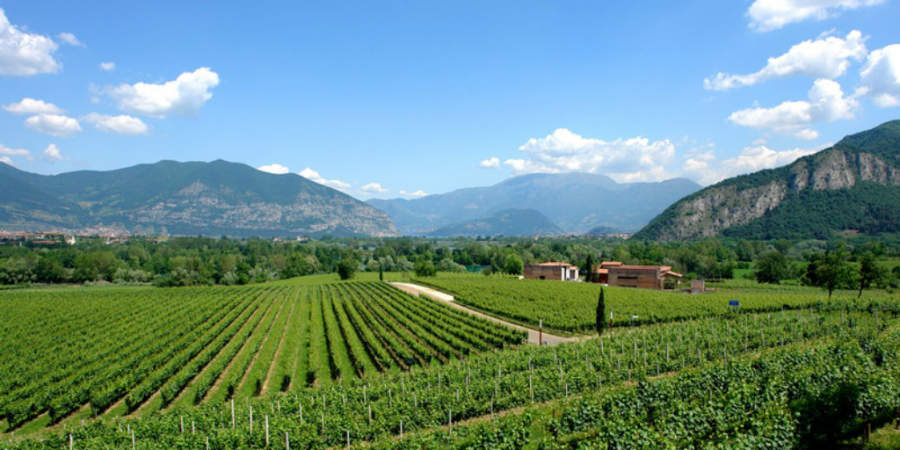
The Franciacorta road between villages and vineyards
Land of ancient villages, refined gastronomy and art treasures, the area of Franciacorta, is a place where history and culture intertwine in the shade of vineyards that, lows and orderly, shape the hilly landscape stretching from Lake Iseo to the gates of Brescia.
In this area of Lombardy, where the generosity of nature is combined with the wisdom of man, are born wines, to “classical method” and a controlled and guaranteed denomination of origin (DOCG), famous all over the world.
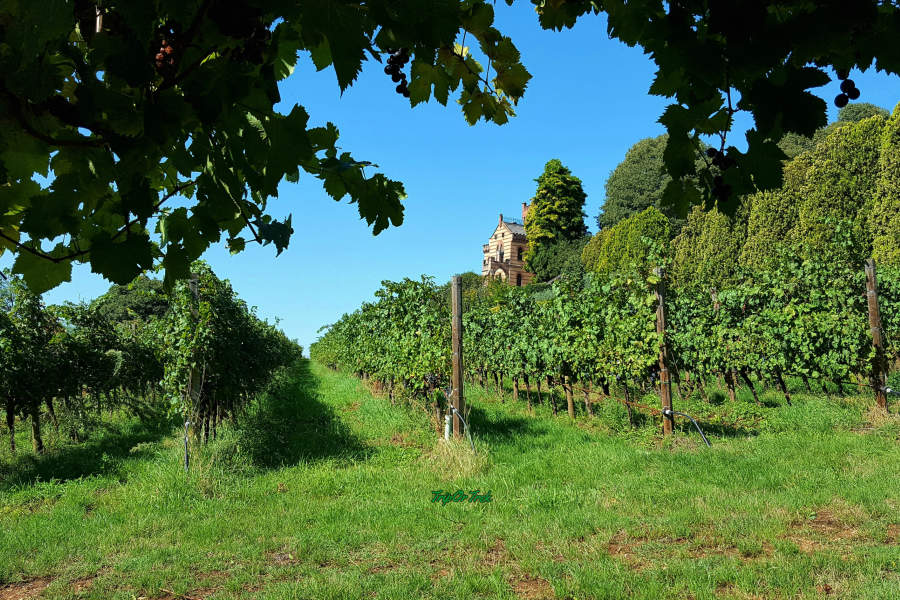
HISTORY
Table of Contents
The cultivation of the vine, in fact, was a constant in Franciacorta, as evidenced by the findings of prehistoric grapevines and the writings of classical authors such as Pliny, Columella and Virgil. To characterize the geographic area by altering the landscape and the denomination, however, were the monastic entities that, having had great possessions, before the thousand, they made an important work of land cultivation. For their work, these communities were exempted from fees and called in Latin “Curtes francae”, words, from which is derived the name Franciacorta.
Among the most important testimonies of the passage of Benedictine Order of the Cluniacens between 1110 and 1500, stands out the monastery of S.Pietro in Lamosa in Provaglio D’Iseo. The architectural complex, built around a small church erected around the thousand and later used as a monastery, preserves frescoed cycles of great suggestion and overlooks the Torbiere del Sebino, a protected nature reserve, the result of the removal between the nineteenth and mid-twentieth century on a peat field ,that with its 360 hectares of water, cannons and palatial vegetation, hosts thousands of birds and stretches of water lilies.To see them just follow the marked paths, walking or cycling (www.sanpietroinlamosa.it e www.torbieresebino.it).

Monastery of S. Pietro in Lamosa 
Torbiere del Sebino
LEGEND
There are days when, between Lake Iseo and Franciacorta, blows an icy and sharp wind that heralds severe storms. Its name is “Sarneghera” and its origin is narrated in the story of an unfortunate love. It tells the legend that a young girl from Montisola, whose father promised her to marry a noble of Franciacorta, decided to rebel at the wedding by going to Lake D’Iseo to weep all her pain. One day she has had dizzy and fell into the water.
She was saved by a young fisherman from Sarnico and so the two fell in love at first sight. The girl’s father, knowing what had happened, opposed that clandestine union and locked the fisherman in a cave of Mount Sarnico, while the young woman remained captive in her castle waiting for forced marriage and crying for lost love. On the wedding day with the nobleman of Franciacorta, the bride’s father ordered to kill the fisherman by drowning him in the lake. The girl, listening to the terrible news from a servant, didn’t support the pain and kills herself by throwing into the lake to get back to her beloved. It is said that when the Sarneghera storm is triggered, the two young lovers, are looking for to meet in the lake, and the sky, for revenge, send the storm clouds from Sarnico to Montisola and to Franciacorta.
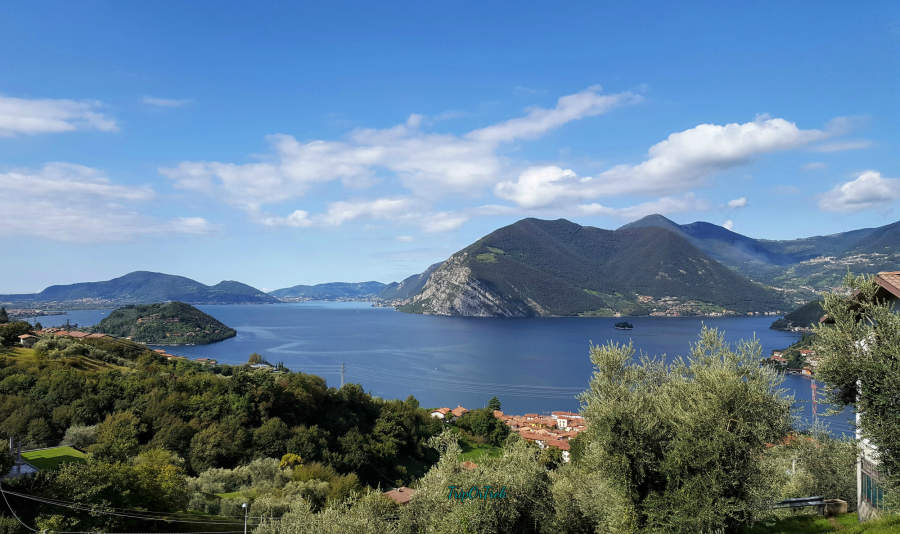
Flavors to hand down
History, flavors and traditions of the area that combines 19 municipalities in the province of Brescia are enclosed in the Road of Franciacorta the 80 km course, created by the synergy between private operators and public bodies, valorized during the year by events such as the “Franciacorta Festival “which combines cultural, sports and nature tours with tasting in the cellars. Specifically, there are five agro-cyclo-tour itineraries that allow you to explore the area between vineyards, abbeys and small stone villages.
Each is marked with a color and is matched with a wine type: yellow-Satèn; blue- Pas Dosè; green-Brut; Red-Rosé and Black- Extra Brut. Undertake it isn’t just discover a wine, but also the identity of the place and of the families, who, with tenacity, have followed up the winemaking traditions. Like the Castelveder cellar, founded by Renato and Elena Alberti in 1975 at Monticelli Brusati, whose history was rediscovered and valued in 2004 by young niece Camilla who now produces Franciacorta and Curtefranca labels to be tasted along with oysters.
Or the cellar, Bonomi Castle, with its 24 hectares immersed in the south of Franciacorta in the small town of Coccaglio at the foot of Mount Orfano, combining the secrets handed down by vigneron to modern technology to produce quality wines in full respect of the environment. Not to mention the small realities like Le Quattro Terre, in Corte Franca, whose modern cellar is adjacent to a hotel with eleven rooms made of an 18th-century farmhouse.

Castello Bonomi winery 
Castelveder winery
ISEO LAKE AND ITS ISLANDS
In addition to the wines, the gastronomy of the place is a combination of the meat dishes of inland and of the fish of the nearby Iseo Lake. The two traditional dishes, in fact, are the Rovato’s oil beef and the Tinca stuffed with polenta, a specialty of the village of Clusane near Iseo.
The lake, with its romantic views, is the ideal place to relax and discover an ancient world made up of legends and traditions handed down from generation to generation, such as the interweaving of the networks, the activity that has made famous Monte Isola, the largest lake island in Europe where cars don’t circulate.Connected to the mainland by comfortable boat, the island and its small village, they are known throughout the world for the production of fishing, sports and protective nets whose history is well explained in a nice museum (www.iseolake.info/it).

Montisola 
Net Museum in Montisola
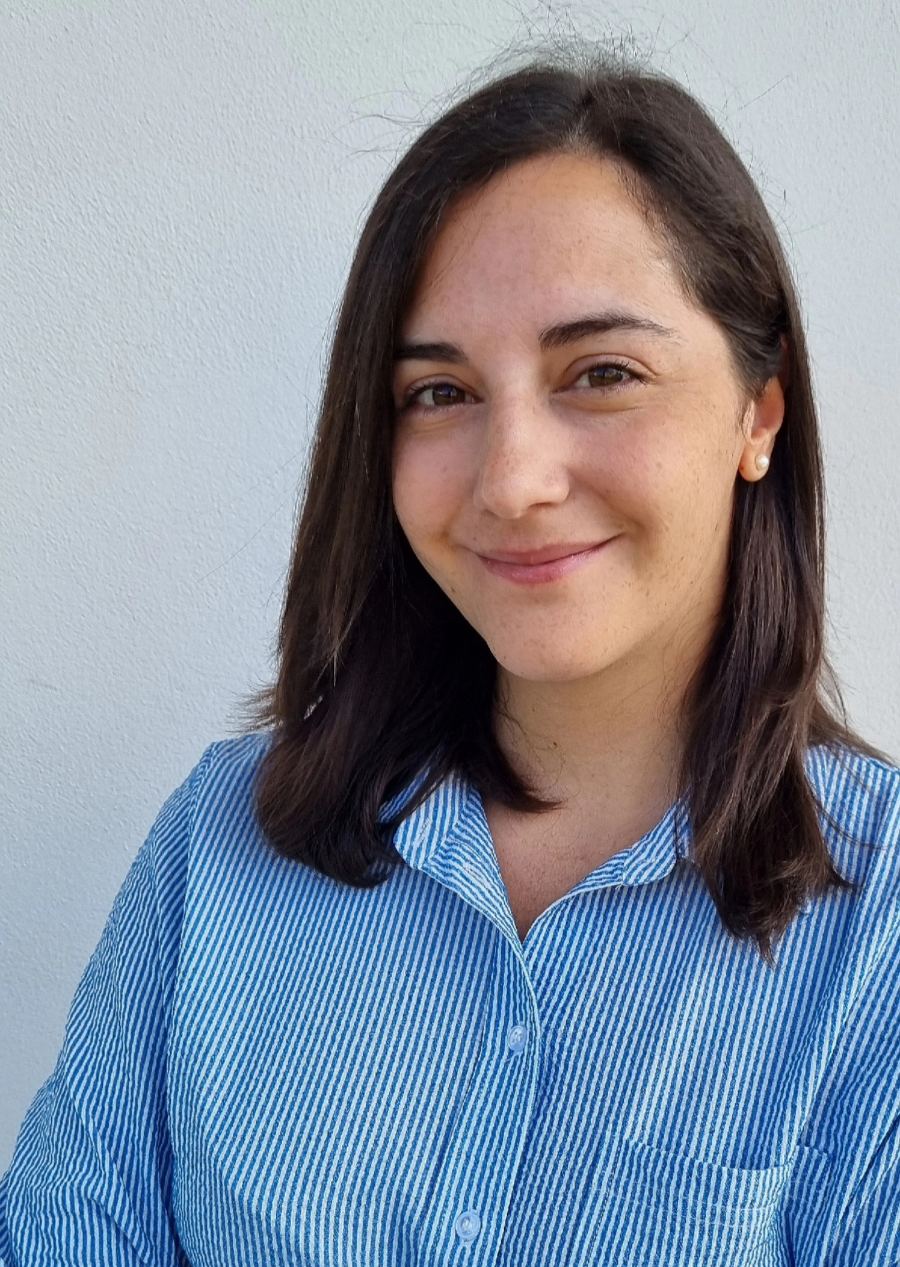
Viaggio e racconto il tuo territorio scrivendo di turismo, marketing territoriale e storytelling nel mio blog TripOrTrek



